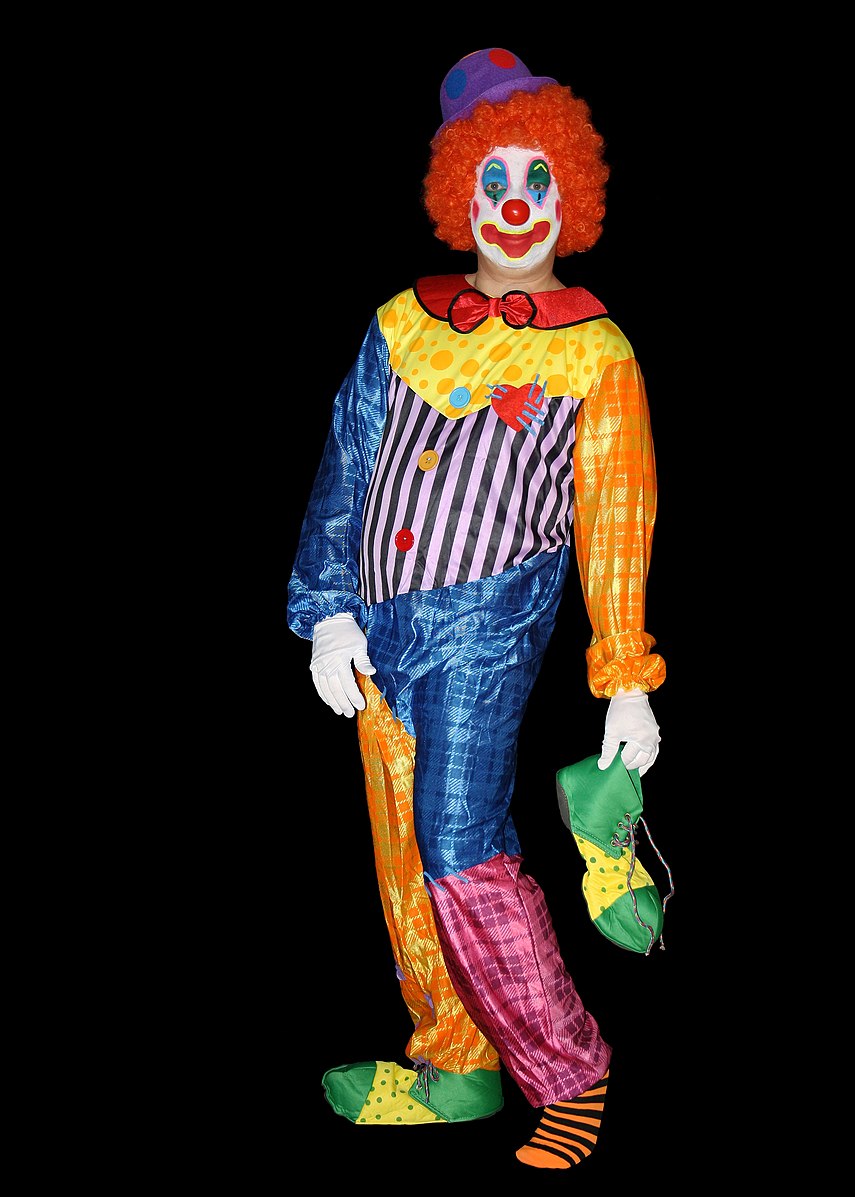Difference Between Mime and Clown
While the history of art bases back to prehistoric times, it is still popular as a means of expressing ideas and lessons to society. Among ways through which art is expressed include drawings, paintings, music, pantomime, clowns and mimes. Mimes and clowns have always been an epic rivalry in the performance of arts. Although both employ similar tactics including lack of speech, are physical and visual as well as performance in the streets or on stage, they have differences as outlined in this article.

What is Mime?
This is a person who performs art through theatrical medium involving body emotions in the absence of speech. In the past, a mime was referred to as a mummer. In many cultures, mime has been a form of dramatic expression in gatherings, mostly performed by prehistoric people. Early performers included dancers, minstrels, acrobats and dancers. The art has however been taken by the modern man and is performed in theatres, streets or on stage to pass a message.
The techniques employed by mime are often demanding and difficult as they involve dramatic movements, technical strategies or a system of exercises. Mimes communicate with their audience through creating an imaginary world through body movements, scenes and characters.

What is Clown?
These are comic performers who use slapstick to perform comedy characterized by oversized clothing, face paint, and bright wig and body paintings with the intention to invoke laughter. Clowns date back to the Roman stage and Greek burlesque. To provide entertainment, the performer needs to employ many talents and skills. A clown can be a storyteller, actor, humorist, magician or an acrobat, just to name a few. Effective clowning requires the use of effective timing, personal resources, understanding of audience and human nature.
This art demands acting ability, physical skills, a good sense of humor and commitment. As most of the clowning is based on acrobatic movements, clowns must rehearse and exercise to be in complete control of their acts.
Similarities between Mime and Clown
- Both employ visual and physical arts
- Both do not use speech in their performances
- Both can be performed in the streets or on stage
Differences between Mime and Clown
Definition
Mime refers to a person who performs art through theatrical medium involving body emotions in the absence of speech. On the other hand, clowns refer to comic performers who use slapstick to perform comedy characterized by oversized clothing, face paint, and bright wig and body paintings with the intention to invoke laughter.
Performances
While mimes employ the art of illusion to create invisible objects, clowns use humor, outrageous face paintings and costumes to perform art.
Characters
While mimes employ precise choreography to invoke an idea, clown characters use flamboyant and eccentric elements to invoke a reaction hence the use right colors.
Mime vs. Clown: Comparison Table

Summary of Mime vs. Clown
Mime refers to a person who performs art through theatrical medium involving body emotions in the absence of speech. Mimes employs the art of illusion to create invisible objects. On the other hand, clowns refer to comic performers who use slapstick to perform comedy characterized by oversized clothing, face paint, and bright wig and body paintings with the intention to invoke laughter. Both, however, employ visual and physical arts and do not use speech in their performances.
- Difference Between Profit Center and Investment Center - July 2, 2022
- Difference Between Anti-Trust and Anti-Competition - June 6, 2022
- Difference Between Stocktaking and Stock Control - June 6, 2022
Search DifferenceBetween.net :
Leave a Response
References :
[0]Giuseppe Stein. The Mime and the Clown - Or Samuel Beckett as Comedian. GRIN Verlag Publishers, 2008. https://books.google.co.ke/books?id=tNBG3GLmiQgC&printsec=frontcover&dq=Difference+between+mime+and+clown&hl=en&sa=X&ved=2ahUKEwix4-ffz4jrAhWNHRQKHfUOCCAQ6AEwAnoECAQQAg#v=onepage&q=Difference%20between%20mime%20and%20clown&f=false
[1]Annette Lust. Bringing the Body to the Stage and Screen: Expressive Movement for Performers. Scarecrow Press Publishers, 2012.https://books.google.co.ke/books?id=4b2lrWxMEzsC&pg=PA193&dq=Difference+between+mime+and+clown&hl=en&sa=X&ved=2ahUKEwix4-ffz4jrAhWNHRQKHfUOCCAQ6AEwA3oECAEQAg#v=onepage&q=Difference%20between%20mime%20and%20clown&f=false
[2]David Robb. Clowns, Fools and Picaros: Popular Forms in Theatre, Fiction and Film. Rodopi Publishers, 2007. https://books.google.co.ke/books?id=pAqeFGf_WDEC&pg=PA37&dq=Difference+between+mime+and+clown&hl=en&sa=X&ved=2ahUKEwix4-ffz4jrAhWNHRQKHfUOCCAQ6AEwBXoECAYQAg#v=onepage&q=Difference%20between%20mime%20and%20clown&f=false
[3]Image credit: https://commons.wikimedia.org/wiki/File:Mime_artist_and_actor_Martin_Kent.jpg
[4]Image credit: https://commons.wikimedia.org/wiki/File:Clown-Background.jpg
